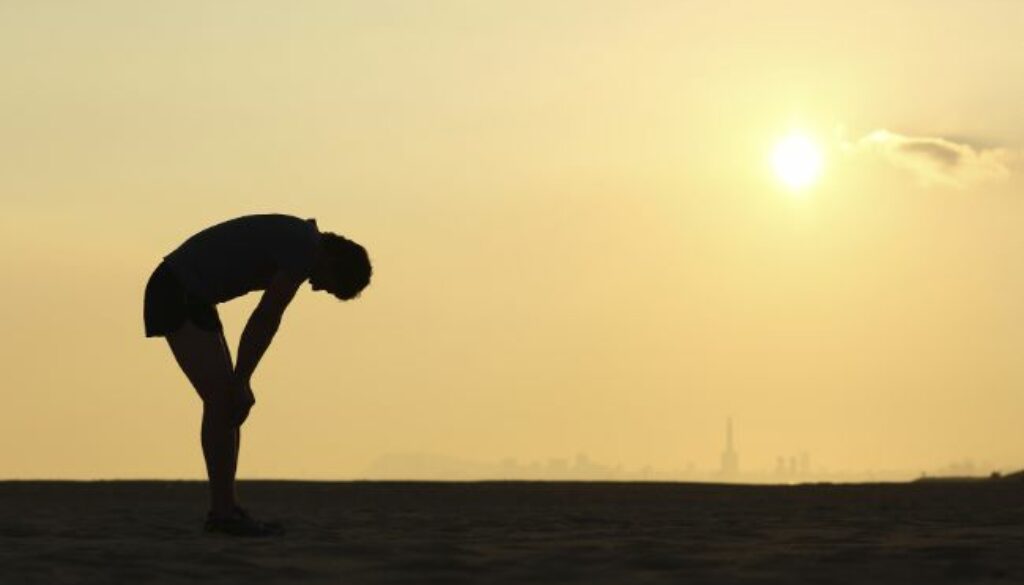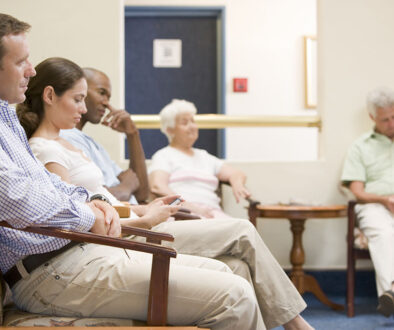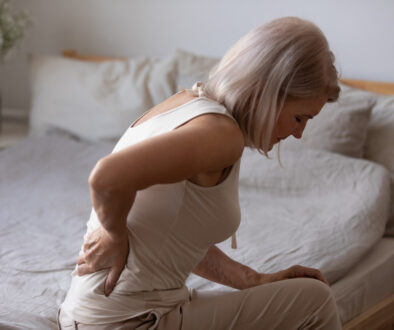Tips for a Healthier, Safer Summer (Part One)
Heat-related Illnesses
Summer places many at higher risk for various heat-related illnesses, including heat exhaustion and heat stroke. These occur when the body is not able to cool itself, either by not having enough fluid to produce sweat or by participating in intense activity in a hot environment. The body’s cooling system works by producing sweat, which evaporates when air circulates across the skin. However, in a humid environment, the body may not be able to optimally cool itself.
Heat-related illnesses include heat stroke, heat exhaustion, heat syncope, heat cramps and heat rash. Heat stroke, the most serious of these illnesses, can cause permanent disability or even death if immediate emergency treatment is not given. Read the following information on these heat-related illnesses, and then see our 6 tips for avoiding them:
Heat rash is a skin irritation, which looks like a cluster of pimples or small blisters. It’s common during hot, humid weather and is caused by excessive sweating. Heat rash most often occurs on the neck and upper chest.
Heat cramps are muscle spasms, which usually occur in the abdomen, arms or legs. These cramps affect those who sweat a lot during strenuous activity. Sweating depletes the body’s salt levels, and these low salt levels, in turn, cause cramps.
Heat syncope is an episode of dizziness or fainting.
Heat exhaustion occurs when the body has lost excessive amounts of water and salt. Those who are elderly, those who work in a hot environment or those with high blood pressure are most vulnerable to heat exhaustion.
Heat stroke is a serious heat-related disorder that occurs when the body cannot control its temperature. When the body is not able to cool itself, its temperature can rise to 106 degrees Fahrenheit or higher. Symptoms of heat stroke include profuse sweating, hallucinations, chills, high temperature, slurred speech, and headache.
6 Tips for Avoiding Heat-related Illness
The following tips will help you avoid heat-related illnesses.
- Avoid dehydration by drinking plenty of fluids. Be aware that many sports drinks can be high in sodium and sugar, so water is a better alternative.
- Remember that dark clothing absorbs heat; light-colored clothing will reflect the sun’s rays and, therefore, keep you cooler.
- Avoid strenuous exercise during the hottest times of the day, or opt to exercise in a gym or other indoor environment.
- Try to schedule outdoor activity during the cooler parts of the day, such as early morning or evening.
- Take breaks frequently when working outside and rehydrate regularly.
- Check your medication; some medications can increase the risk of heat-related problems. Speak with your doctor if you have any questions.
Keep these tips in mind throughout the summer. As always, if you have any concerns, you should speak with your physician.




